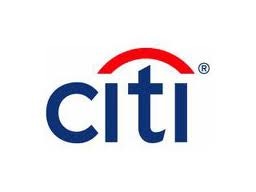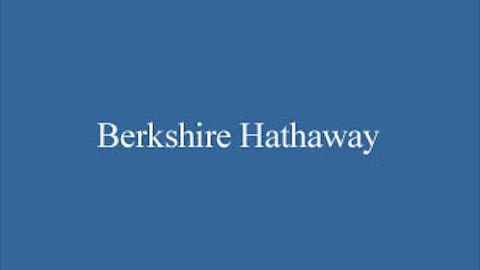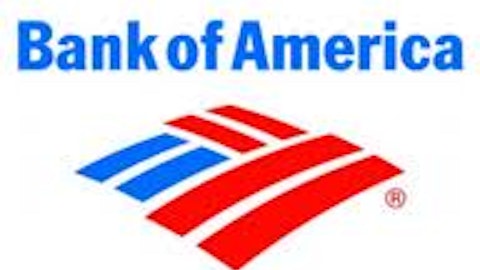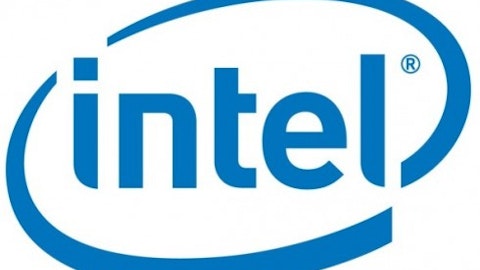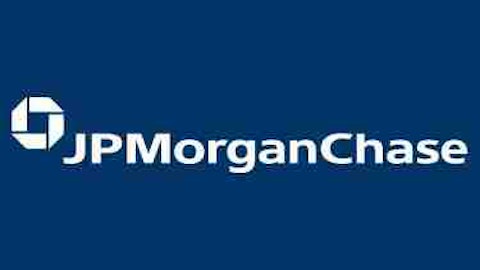Citigroup Inc (NYSE:C) is one of the largest financial institutions in the world, with operations in over 100 countries all around the world. Citigroup gained notoriety as one of the hardest-hit banks during the financial crisis and is one of the reasons the phrase “too big to fail” came into being. Citigroup shares were worth over $550 (split-adjusted) before the crisis, and are now worth about one-tenth of that. After the dilution required to pay back the bank’s numerous government bailouts, existing shareholders’ equity is now just 26% of what it used to be. However, Citigroup Inc (NYSE:C) has made significant improvements to its business in the years since, and the bank is expected to grow its earnings at an impressive rate over the next few years. Is Citigroup worth getting into at the current share price, or would we be better off investing in one of the other big banks?
A post-crisis history of Citigroup
Citigroup Inc (NYSE:C) entered its current era in October 2008 when the company raised $25 billion in capital from the U.S. Treasury’s TARP program. The government subsequently infused an additional $20 billion just two months later as part of Citigroup’s bailout. Finally, in January of 2009, Citigroup issued the government $7.3 billion in perpetual preferred stock as well as warrants to purchase common stock in exchange for the government agreeing to enter a loss-sharing agreement on a portfolio of Citigroup’s bad assets.
Throughout 2009, there were three occurrences that led to the extreme dilution of Citigroup Inc (NYSE:C)’s shares. First, in February Citigroup announced that it would convert $27.5 billion of its existing preferred stock (not the government’s) to common stock. Also, in two separate transactions, the government’s $45 billion was repaid, $25 million with common stock and $20 billion in cash raised from offering common stock on the open market.
Recently, Citigroup has taken measures to improve its capital levels and the credit quality of its asset portfolio, and to stabilize its revenues. As a result, Citigroup Inc (NYSE:C) passed a recent “stress test” that determined Citigroup’s Tier 1 common capital ratio would remain at 8.3% after a severe recession, a relatively high figure compared to the average of 7.7% among the 18 bank holding companies subjected to the test. In fact, Citigroup has improved to the point that it recently announced a $1.2 billion share repurchase program, which is a step in the right direction to restore the value lost by their shareholders.
Growth and projections
Over the next few years, the continuing economic recovery in the U.S. should be the primary driver of Citigroup’s growth. The recovery should mean increased home buying activity, more mergers and acquisitions among corporations, and increased interest income. Over the next year or two, as Citigroup Inc (NYSE:C) continues to strengthen its balance sheet, it should be able to return even more capital to shareholders in the form of both buybacks and dividend increases.
Citigroup is expected to earn $4.72 per share this year, which means that the company currently trades at just 10.5 times this year’s earnings. The company is projected to earn $5.44 and $6.07 in 2014 and 2015, respectively, according to the consensus of analysts who cover the company. I understand that there is significant risk involved when investing in Citigroup, but a company with a P/E that is barely in double digits and a 13.5% forward earnings growth rate sounds pretty enticing to me.
Alternatives: Bank of America and Wells Fargo (safer and safest)
One step up from Citigroup Inc (NYSE:C) in terms of risk and asset quality is Bank of America Corp (NYSE:BAC), the second largest bank holding company based in the U.S. While Bank of America was indeed hit hard by the financial crisis, shareholders were not diluted nearly as much, and the company actually made some savvy moves during the worst times, acquiring Countrywide and Merrill Lynch. While Bank of America Corp (NYSE:BAC) is by no means the safest pick in the sector, I do rank it slightly above Citigroup. Bank of America Corp (NYSE:BAC) trades for 14 times this year’s earnings, which are projected to grow to $1.54 over the next two years.
Wells Fargo & Co (NYSE:WFC) is one of the strongest of the big banks, and is the only one of the three that turned a profit every year during the crisis. In fact, Wells Fargo & Co (NYSE:WFC) also made a very big acquisition, scooping up Wachovia for pennies on the dollar. Due to its strong financial state, Wells Fargo is the only one of the three allowed to pay a significant dividend, currently yielding 3% annually. Wells Fargo trades at a very reasonable 10.9 times 2013’s earnings, but with lowered risk comes lower growth potential. Wells Fargo & Co (NYSE:WFC) is projected to grow its earnings at an 8% annual rate going forward, well below the expectations for the other two.
What to do?
The big bank stock that is right for you depends on your particular level of risk tolerance. I personally believe that the recovery will be sustained for several years and that interest rates will begin to rise fairly rapidly once the Fed’s target of 6.5% unemployment is reached. This should benefit these banks tremendously, and if for some reason we fall back into recession, rest assured that these banks are much more able to withstand hard times than they were just a few years ago.
The article Big Banks Could Mean Big Gains originally appeared on Fool.com and is written by Matthew Frankel.
Matthew Frankel has no position in any stocks mentioned. The Motley Fool recommends Bank of America and Wells Fargo. The Motley Fool owns shares of Bank of America, Citigroup Inc (NYSE:C) , and Wells Fargo. Matthew is a member of The Motley Fool Blog Network — entries represent the personal opinion of the blogger and are not formally edited.
Copyright © 1995 – 2013 The Motley Fool, LLC. All rights reserved. The Motley Fool has a disclosure policy.
